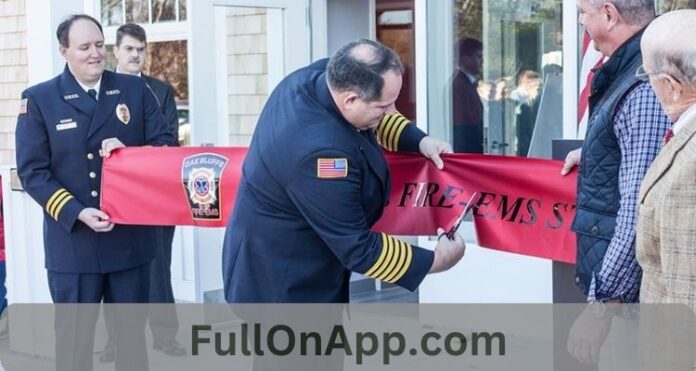Firefighting, an essential public safety service, has undergone a remarkable evolution over centuries. From the rudimentary methods of the past to the sophisticated techniques and equipment of today, the journey of firefighting reflects a continual quest to protect lives and property from the ravages of fire. This article explores the historical advancements in firefighting, shedding light on how these changes have shaped the modern approach to fire safety. Now we will see what people like John Rose Oak Bluff say.
The Early Days of Firefighting
Bucket Brigades and Manual Pumps: In ancient times, firefighting was rudimentary, often involving human chains passing buckets of water to douse flames. The invention of manual pumps in the 17th century was a significant advancement, although still requiring considerable human effort.
The Great Fire of London: The Great Fire of London in 1666 was a pivotal event that highlighted the need for organized firefighting efforts. It led to the creation of the first fire insurance companies, which in turn formed their own private fire brigades.
Industrial Revolution and Technological Advancements
Steam-Powered Fire Engines: The 19th century’s Industrial Revolution brought about major changes with the introduction of steam-powered fire engines. These engines, though initially horse-drawn, significantly improved the efficiency and response time of firefighters.
Motorization: The early 20th century saw the transition from horse-drawn to motorized fire engines. This revolutionized firefighting by enhancing mobility, speed, and the capacity to carry equipment and water.
The Modern Era of Firefighting
Advanced Firefighting Equipment: Today’s firefighters are equipped with high-tech gear, including thermal imaging cameras for locating victims, advanced breathing apparatuses, and fire-resistant clothing.
Firefighting Chemicals and Foam: The development of firefighting chemicals and foam has been crucial in fighting different types of fires, especially chemical or oil fires that water cannot extinguish.
Specialization and Professional Training
Specialized Firefighting Units: With diverse emergency scenarios, specialized units such as hazmat, wildland firefighting, and urban search and rescue have emerged.
Professional Training and Education: Modern firefighting requires rigorous training and education. Firefighters undergo extensive physical training and learn about fire science, emergency medical response, and hazardous materials.
Challenges and Future Directions
Adapting to Urbanization: As urban environments become more complex, firefighters face new challenges, necessitating continual adaptation of strategies and equipment.
Climate Change and Wildfires: With the increasing incidence of wildfires due to climate change, there is a growing need for advanced techniques and international cooperation in wildland firefighting.
Technological Integration: The future of firefighting may see more integration of technology, such as drones for surveillance and AI for predictive modeling of fire spread.
The evolution of firefighting techniques and equipment is a testament to humanity’s resilience and ingenuity in the face of danger. From simple bucket brigades to sophisticated fire engines and protective gear, each advancement has been a step towards greater safety and efficiency. As we look to the future, the firefighting community continues to innovate and adapt, ensuring that they are always ready to protect and serve in the face of fire emergencies.









